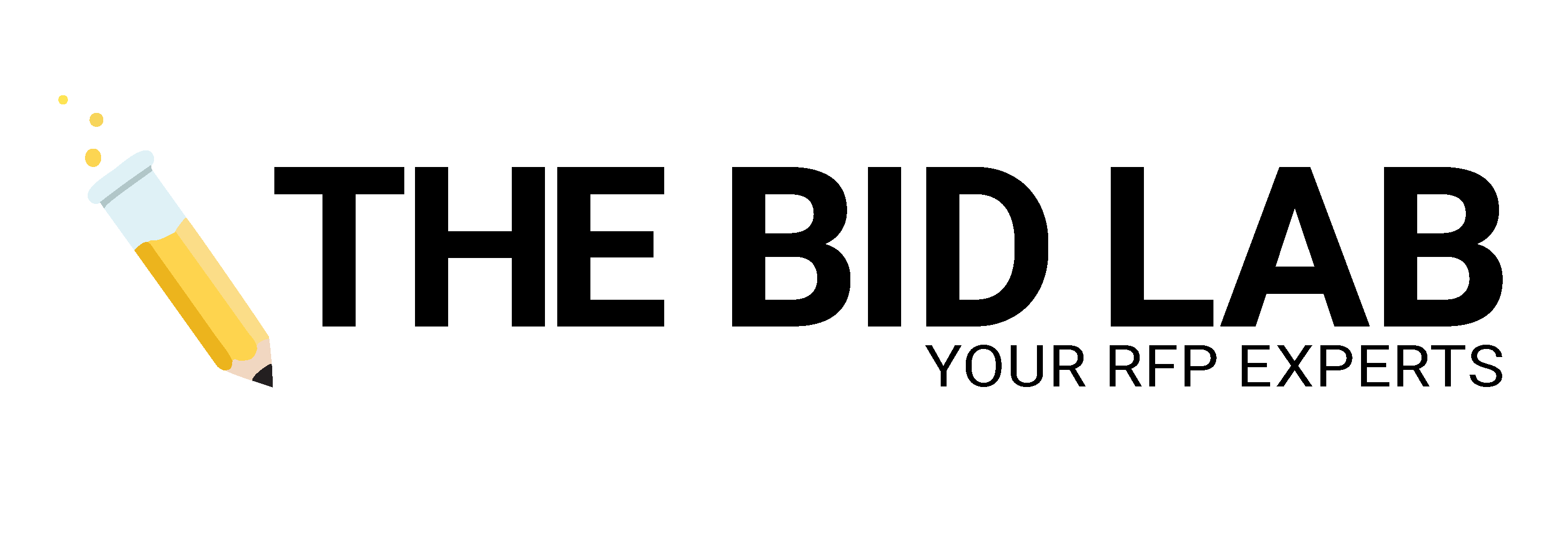How to Organize Original Documents and Forms of Solicitation


Once we have found an RFP that our team is qualified to compete for, our first step is simply to understand what the entity has provided through the original documents and forms of solicitation.
Often, the issuing body will list their postings on their website, especially if a government agency sends them. These listings will usually contain the original solicitation and a slew of other documents. Understanding what to do with all of these files will be the first step in our journey that will culminate in our successful submission.
Overview of Original Documents and Forms of Solicitation
The original documents and forms of solicitation are the actual RFP itself, often listed as a downloadable document with “Requests for Proposal/Quote” in the title. This will usually be the largest document; sometimes, it is the only file listed within its website section. We will find the key building blocks for our response in the original solicitation. The scope of work and evaluation criteria help us create the bulk of our original response. In these sections, we aim to clarify our approach to fulfilling the requested service or information. The best practice? Save this document in its own folder and use it as a reference for most of what we create.
Attachments
The issuing entity will typically request basic forms and affidavits from any vendor submitting a proposal. These are generally issued as separate documents and files from the original solicitation, although they are sometimes included in the original RFP. These forms and attachments can range from a single page to a dozen or more. The length and number of forms will depend on the entity and the type of proposal sought. Keep attachments together in their own clearly labeled folder.
The entity usually provides instructions and requirements regarding what is to be done for each document within the original solicitation, and these instructions should be carried out exactly as described. Common examples might include a notarized signature, a list of references who meet certain criteria, or budget forms about particular types of expenses. Following the form instructions will be just as key to securing our selection as our proposal itself, and missing simple instructions in our forms is a pitfall that can result in the dismissal of our whole submission.
It can be helpful to merge all of these forms together in addition to keeping each as a separate file. Using both methods will help ensure that we can easily access and cross-check information for our future reference. The goal? We want to make sure that we can address every form, document, and requirement within the original solicitation in our future response submission.

Addenda
Occasionally throughout the solicitation process, the issuing entity will encounter an error in their initial RFP or have some extenuating circumstance change, resulting in a correction and/or updated information. These test cases can serve as a means for potential vendors to assess the responsiveness of new companies. Agencies may still issue addenda depending on the timeline listed in the response.
If they have, it is wise to keep any addendum in its own folder and label it as such. We should then verify any of the changes made and adjust our own proposal accordingly. However, even if there are no additional updates, it’s important to keep track of where the entity publishes its information. This will allow us to regularly check and ensure that all of our information is current. Entities will often require proposals to include a form stating acknowledgment of any addenda or lack thereof. Keeping track of addenda, or any future addenda, is just as important as any other form directly solicited.
Always Double-Check
Carefully check the original solicitation for any references to outside attachments. Certain documents could be provided by the vendor or may be available for download on the entity’s own portal. RFPs can occasionally refer to a document that is not included in the attachments provided. Contact the relevant party through proper channels to clarify quickly before the question period ends. With this in mind, read the RFP carefully. Make a comprehensive inventory of requested documents to understand the requirements thoroughly.
We’re Ready to Organize Your RFPs
At The Bid Lab, we work with clients who don’t have the time to organize every proposal document or form. The bidding process can be quite intricate and challenging for companies to handle. As RFP process managers, we can help you find the right opportunity (try Bid Banana, our user-friendly RFP search engine!) and help you manage your entire RFP response. From start to finish, we can help you write and design a winning bid response. We can even make government RFPs look good! So, let us know if you’d like us to organize your original documents and forms of solicitation– so that you can focus on what you do best! Reach out to us for a free consultation by calling 1-844-4BIDLAB or emailing respond@thebidlab.com.
